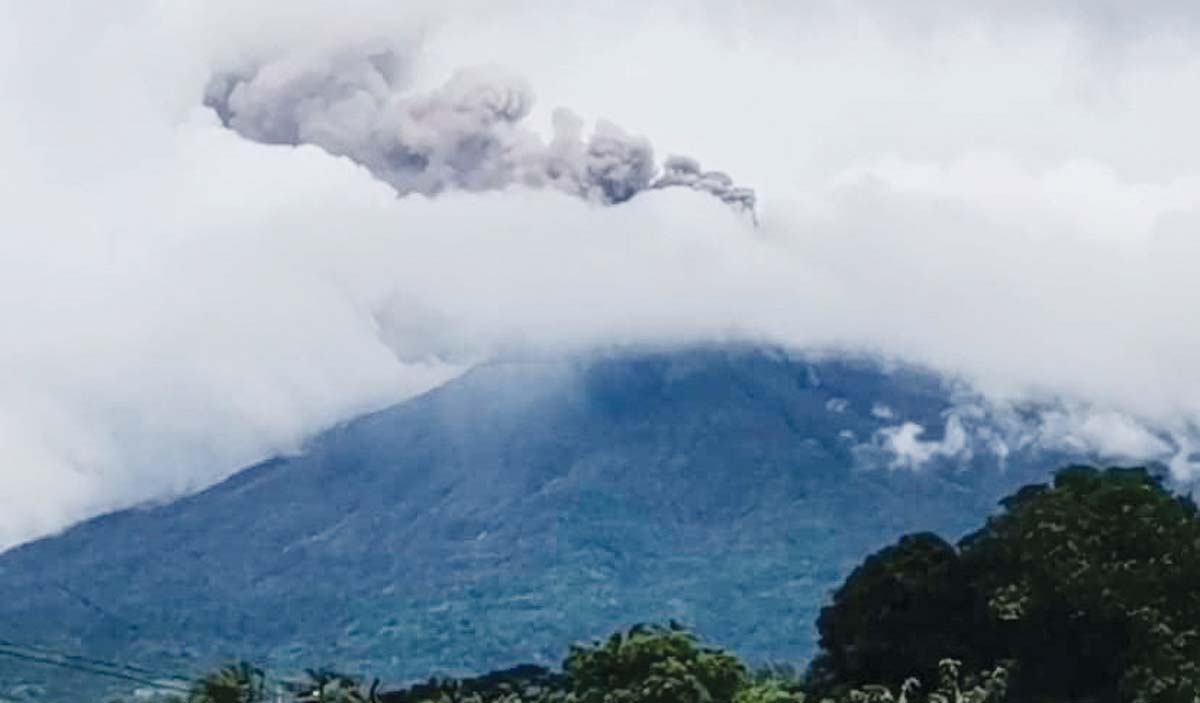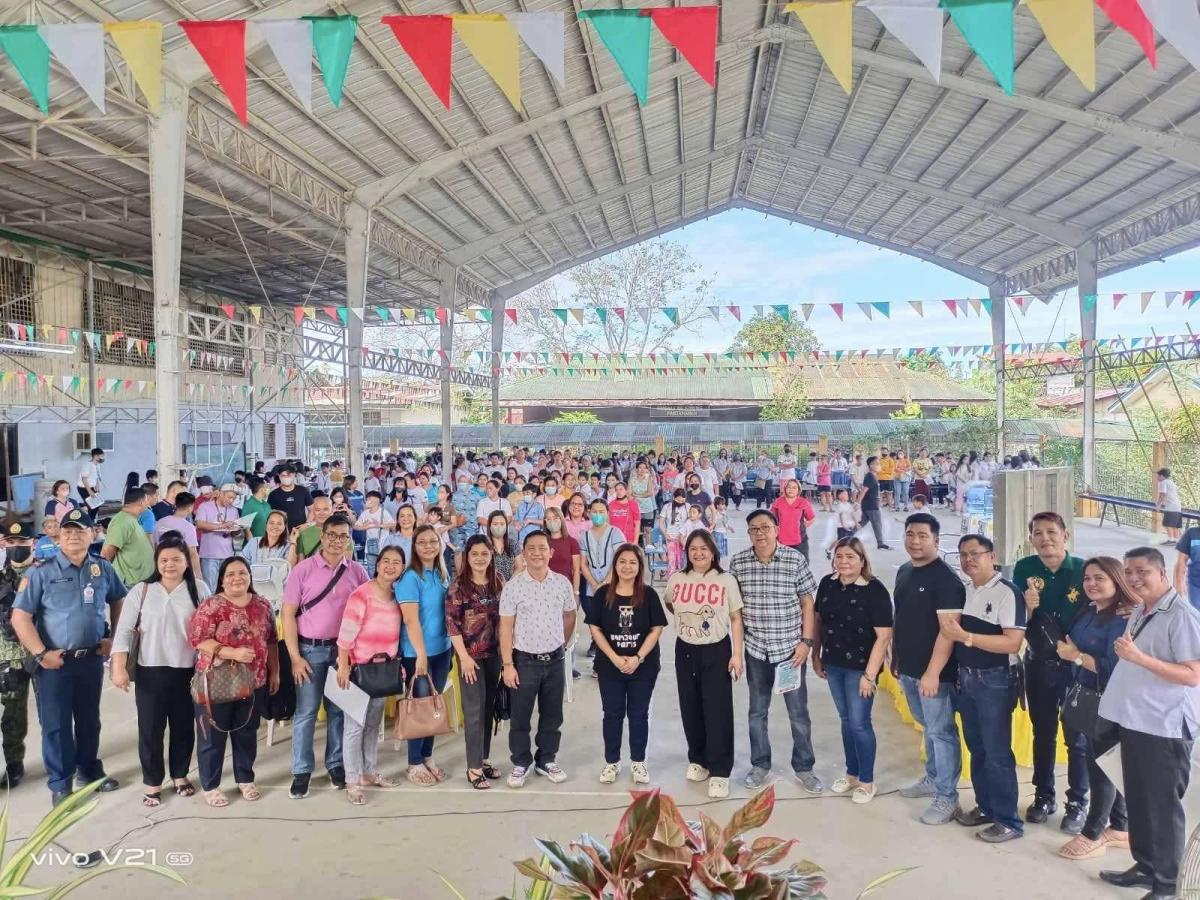
04 Aug, 2025
3 min read
Kanlaon Volcano Alert Level Downgraded, Evacuation Centers Set for Demobilization
The Office of Civil Defense – Negros Island Region (OCD-NIR) is preparing to scale down evacuation operations in areas affected by the Kanlaon Volcano eruption after the volcanic unrest status was lowered from Alert Level 3 to Alert Level 2 by the Philippine Institute of Volcanology and Seismology (PHIVOLCS).
In Canlaon City, Negros Oriental, local officials reported that 1,791 families living outside the 4-kilometer permanent danger zone are scheduled to return to their homes by July 31. However, 45 families residing within the danger zone will remain evacuated as a precaution, according to the city’s disaster council.
PHIVOLCS downgraded Kanlaon Volcano’s alert status on July 29, citing a decrease from magmatic unrest to a moderate level of volcanic activity. Despite the reduced risk, PHIVOLCS emphasized that communities within the 4-kilometer radius permanent danger zone (PDZ) must continue to be evacuated due to potential short-lived explosive eruptions and phreatic explosions posing serious hazards.
Alert Level 2 indicates a decrease in volcanic activity but does not signify the absence of risk, as magma intrusion remains beneath the volcano’s surface. Regional director Donato Sermeno III of OCD-NIR revealed that the Incident Management Team is coordinating with local government units (LGUs) in La Carlota City, La Castellana, and Canlaon City to organize plans for safely returning evacuees to their communities.
“We are targeting to initiate decampment within this week,” Sermeno stated.
Current data show that 4,281 internally displaced persons (IDPs) continue to stay in evacuation centers nearly eight months after Kanlaon Volcano’s major eruption on December 9, 2023. Sermeno strongly advised that no individuals residing within the permanent danger zone should return due to persistent risks.
In contrast, La Castellana temporarily allowed over 1,800 residents to return home two weeks prior, citing financial challenges sustaining those in evacuation centers. Mayor Añejo Nicor welcomed the alert downgrade and is awaiting authorization from OCD before facilitating further returns. About 2,000 residents remain in local evacuation sites.
PHIVOLCS explained that the lower alert level reflected a consistent decline in monitoring parameters such as volcanic earthquakes, ash emissions, diminished degassing, and deflation of the volcano’s edifice, indicating reduced volcanic activity.
Even with the downgraded alert, OCD-NIR will maintain checkpoints to prevent unauthorized entry into the 4-kilometer danger zone. Currently, farmers are permitted access between 6 a.m. and 4 p.m. for essential activities under strict monitoring.
Previously, during Alert Level 3, a 6-kilometer extended danger zone was enforced to mitigate risk following the eruption.
Meanwhile, some evacuees residing within the danger zone have shown interest in government-provided relocation sites as authorities prepare for gradual demobilization efforts.
Recommended For You

Justin Timberlake Reveals Struggle with Lyme Disease Amid Tour Reflections
Aug 04, 2025
Paolo Benitez

Senator Calls for DOJ Action Against Prosecutors in Leila de Lima Acquittal Appeal
Aug 04, 2025
Jose Reyes

Pampanga Government Delivers Free Medical Services to Over 1,000 Residents
Aug 04, 2025
Paolo Benitez

Memphis Grizzlies and Orlando Magic to Play Regular-Season NBA Games in Europe
Aug 04, 2025
Ana Marie Gonzales
